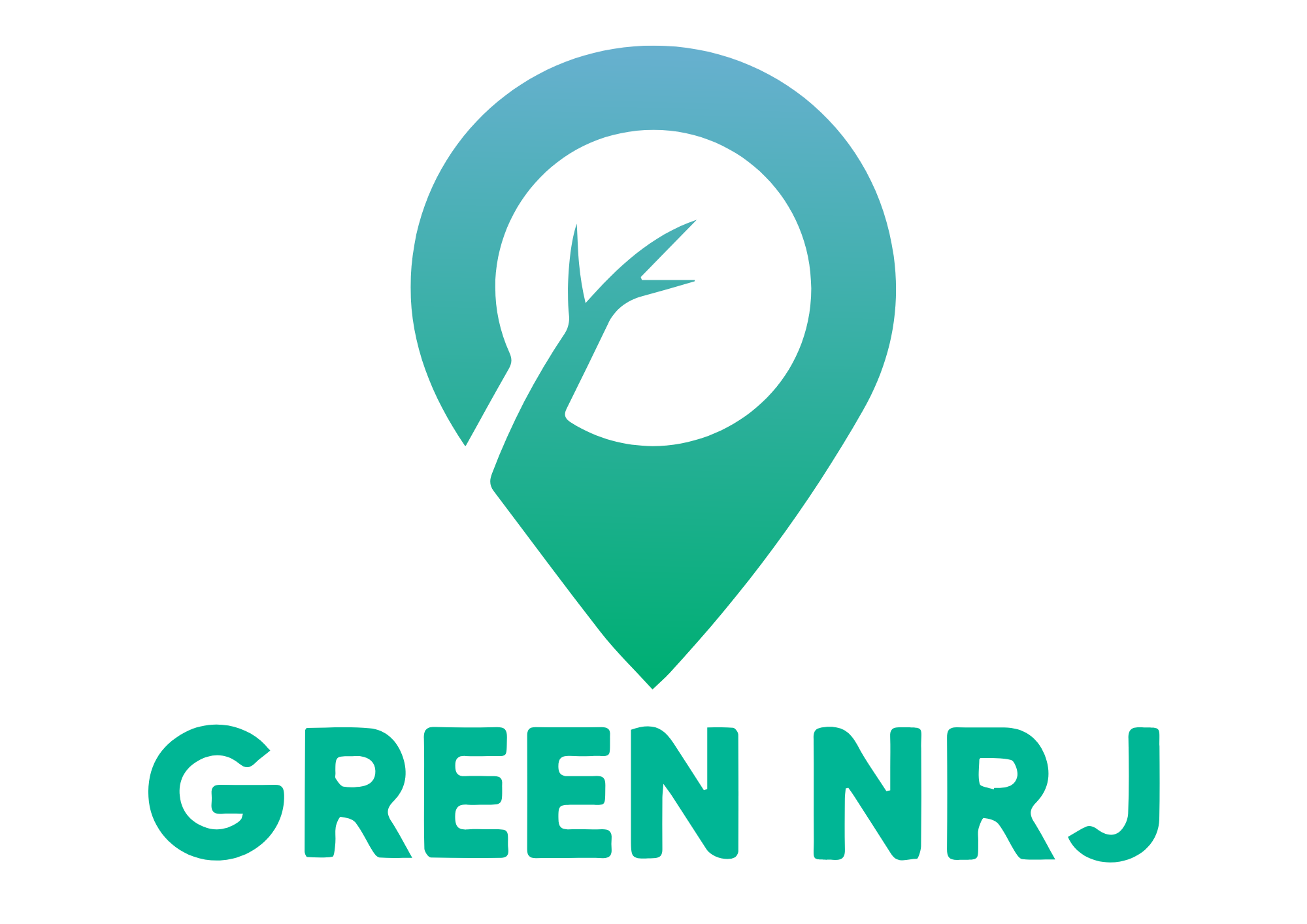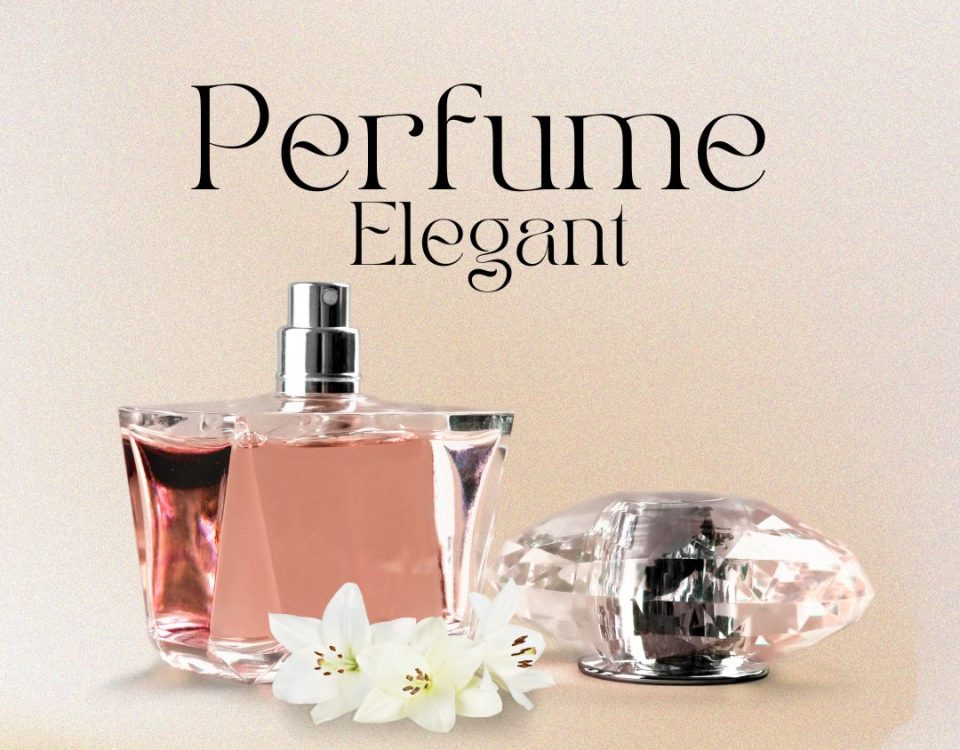- If you have any questions, please contact us!
- +84 332 952 080
- info@greennrj.com.vn
How to Import and Sell Cosmetics in Vietnam: A Complete 2025 Guide

Foreign Investment Trends in Vietnam for 2025
March 10, 2025
How to Import Cosmetics into Vietnam Without a Company – Use a Cosmetic Notification Holder
March 12, 2025Vietnam’s beauty and personal care market is booming, creating exciting opportunities for international cosmetic brands and distributors. To import and sell cosmetics in Vietnam successfully, businesses must navigate a complex regulatory system that governs product registration, labeling, and distribution. This 2025 guide offers a comprehensive, step-by-step overview of the legal requirements and procedures to help you enter the Vietnamese cosmetics market with confidence and full compliance.
1. Understanding Vietnam’s Cosmetics Regulations
To import and sell cosmetics in Vietnam, businesses must comply with a strict regulatory framework established by the Ministry of Health (MOH) and enforced by the Drug Administration of Vietnam (DAV). The key legal foundation is Circular No. 06/2011/TT-BYT, which governs all aspects of cosmetic product management in Vietnam, including importation, labeling, advertising, and safety standards.
Vietnam’s cosmetic regulations are designed to ensure that all beauty and personal care products entering the market are safe for consumer use and accurately represented. Non-compliance may result in shipment delays, product recalls, or administrative penalties.
Key Regulatory Requirements for Importing and Selling Cosmetics in Vietnam:
-
Cosmetic Product Notification (CPN) Registration
Before any cosmetic product can be imported or distributed in Vietnam, it must undergo a Product Notification process with the DAV.-
Each product (including variants like shades or scents) requires a separate notification.
-
The importer or local representative must submit the application through the Vietnam National Single Window (NSW) system.
-
Once approved, a Notification Receipt Number will be issued—this must be kept on file for inspection.
-
-
Labeling Compliance (Vietnamese Cosmetic Label Requirements)
All cosmetic products sold in Vietnam must be labeled in compliance with ASEAN Cosmetic Labeling Requirements. Labels must include:-
Product name and function
-
Usage instructions
-
Full list of ingredients
-
Manufacturing and expiry date (or shelf life)
-
Country of origin
-
Name and address of the responsible entity in Vietnam
-
Quantity
-
Batch Number
- Name and address of manufacturer
- Safety Warnings
-
- Advertising and Claim Restrictions
Cosmetic advertisements in Vietnam are closely monitored. Claims must be:
-
-
Non-misleading and based on cosmetic functions (e.g., moisturizing, brightening)
-
Not medicinal — claims such as “treats acne” or “heals skin diseases” are prohibited
-
All promotional content must align with the approved product notification
-
2. Steps to Import and Distribute Cosmetics in Vietnam
Successfully importing and distributing cosmetics in Vietnam requires businesses to follow a structured, legally compliant process. From establishing a company to registering products and managing distribution channels, each step must align with Vietnamese regulations to avoid delays or penalties.
Step 1: Establish a Legal Business Entity in Vietnam
Before importing cosmetics into Vietnam, foreign investors must set up a legally recognized company, typically in the form of a foreign-invested enterprise (FIE). This allows the company to obtain the necessary import and distribution rights.
Key requirements include:
- Choosing a suitable business structure (e.g., limited liability company – LLC)
- Investment Registration Certificate (IRC) serves as official approval for the investment project and is issued by the Department of Planning and Investment (DPI)
-
Business Registration Certificate (BRC) issued by the Department of Planning and Investment (DPI), officially recognizes the company as a legal entity in Vietnam.
-
Appointing a legal representative in Vietnam
-
Declaring legal capital investment, typically based on business scale and scope
-
Registering appropriate business lines, such as:
-
Code 4649: Wholesale of cosmetics
-
Code 4772: Retail sale of pharmaceuticals and cosmetics
-
Step 2: Register Cosmetic Products with the DAV
Before any cosmetic product can be imported or sold in Vietnam, it must be notified and approved by the Drug Administration of Vietnam (DAV) under the Ministry of Health.
The Cosmetic Product Notification (CPN) process includes:
-
Submitting an online application via the Vietnam National Single Window (NSW) system
-
Uploading a complete application dossier, including:
-
Certificate of Free Sale (CFS)
- Letter of Authorization (LOA)
-
Ingredient list and formulation
-
Safety assessment and manufacturing details
-
-
Paying the government fee (500,000 VND per product)
-
Receiving a Product Notification Receipt Number, valid for 5 years
Step 3: Import Cosmetics into Vietnam
Once products are registered, you can begin the import process. Importing cosmetics into Vietnam involves strict customs procedures and documentation.
Key steps include:
-
Classifying the product and determining the correct HS code for cosmetics. Below are the HS codes for common cosmetic and personal care products in Vietnam.
| Product Name | Description | HS Code |
| Lipstick | Lipstick | 3304.10.00 |
| Facial Cleanser | Facial wash / cleansing gel / foam | 3401.30.00 |
| Eyeshadow | Eye shadow | 3304.20.00 |
| Perfume | Perfumes and toilet waters | 3303.00.00 |
| Toothpaste | Toothpaste | 3306.10.10 or 3306.10.90 |
| Shampoo | Shampoo | 3305.10.10 or 3305.10.90 |
| Hair Dye | Hair coloring products | 3305.90.00 |
| Hair Spray / Conditioner | Hair spray / leave-in conditioner spray | 3305.90.00 |
Note: HS Codes may vary based on: Product formulation (cream, gel, liquid, etc.) and intended use (makeup, skincare, hygiene, etc.). Always confirm the final HS Code with Vietnamese Customs or a licensed customs broker before proceeding with import procedures to avoid delays or penalties.
-
Preparing the following customs documents:
-
Bill of Lading/ Airway Bill
-
Invoice and Packing List
-
Product Notification Receipt
-
Certificate of Origin
-
-
Coordinating with a licensed freight forwarder or customs broker
-
Complying with customs inspection and quarantine regulations
-
Customs clearance typically takes 2–5 business days, depending on port and product type
3. Challenges and How to Overcome Them
While Vietnam’s cosmetics market offers exciting growth opportunities, foreign businesses must be prepared to navigate several challenges. From complex regulations to a highly competitive market, understanding and addressing these hurdles is crucial for long-term success.
A. Regulatory Compliance with Vietnamese Cosmetic Laws
Challenge:
Vietnam enforces strict cosmetic regulations governed by the Ministry of Health (MOH) and the Drug Administration of Vietnam (DAV). Foreign businesses often struggle with documentation, registration delays, and evolving requirements related to product notification, labeling, and advertising.
How to Overcome It:
-
Partner with a licensed local consultant or regulatory agent experienced in cosmetic import procedures.
-
Ensure all documentation — including the Certificate of Free Sale (CFS), Product Information File (PIF), and Vietnamese labels — is complete and accurate.
-
Keep up to date with changes in Circular No. 06/2011/TT-BYT and ASEAN cosmetic regulations.
B. Intense Market Competition in Vietnam’s Beauty Industry
Challenge:
The Vietnamese cosmetic market is crowded with both global brands (e.g., L’Oréal, Shiseido, Innisfree) and strong local players. New entrants often face challenges in gaining market share and consumer attention.
How to Overcome It:
-
Develop a clear brand positioning strategy based on your unique value proposition (natural ingredients, cruelty-free, premium design, etc.)
-
Offer competitive pricing aligned with your target market (mass, mid-range, or premium)
-
Leverage digital marketing and KOLs/influencers to build brand awareness on platforms like TikTok, Facebook, and Shopee Live
-
Adapt products to local beauty trends and consumer preferences (e.g., skin-whitening, anti-acne, SPF protection)
Conclusion
The cosmetics industry in Vietnam offers immense opportunities. By understanding regulatory requirements and optimizing strategies, businesses can thrive in this growing market.
Need help? Our team of experts can guide you through registration, importation, and distribution. Contact us today to start your journey in Vietnam’s beauty market!
Related Articles
- How to Start a Business in Vietnam: A Complete Guide for 2025
- Comprehensive Guide to Cosmetic Registration in Vietnam



9 Comments
[…] How to Import and Sell Cosmetics in Vietnam […]
[…] How to Import and Sell Cosmetics in Vietnam […]
[…] How to Import and Sell Cosmetics in Vietnam […]
[…] How to Import and Sell Cosmetics in Vietnam […]
[…] How to Import and Sell Cosmetics in Vietnam […]
[…] How to Import and Sell Cosmetics in Vietnam […]
[…] How to Import and Sell Cosmetics in Vietnam […]
[…] 1. Establishing a Company in Vietnam […]
[…] How to Import and Sell Cosmetics in Vietnam […]